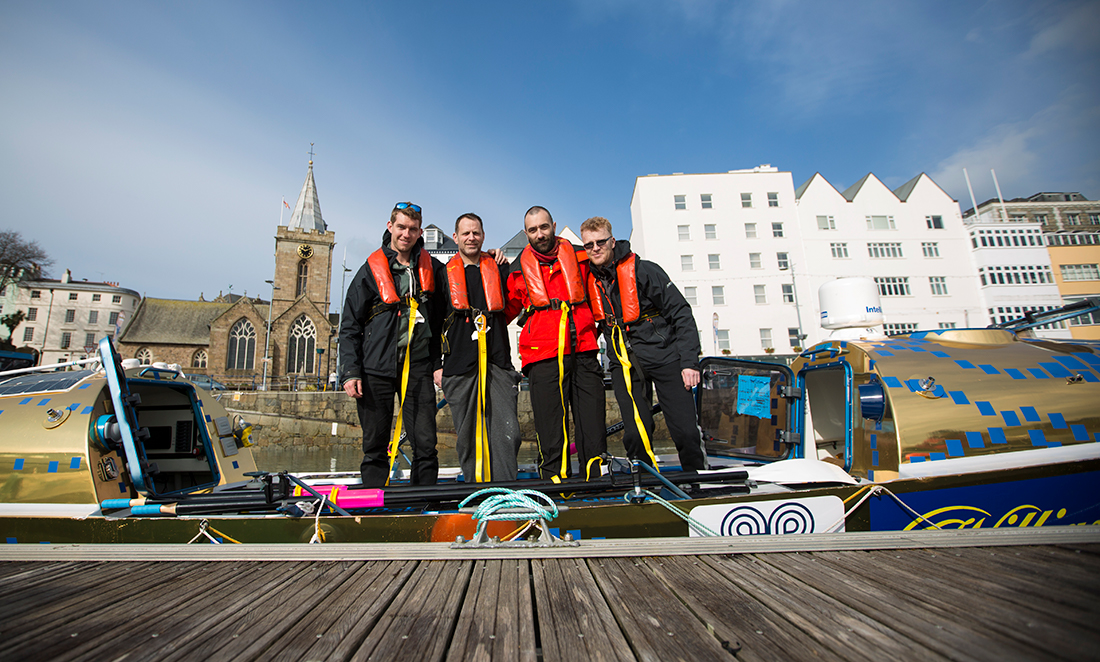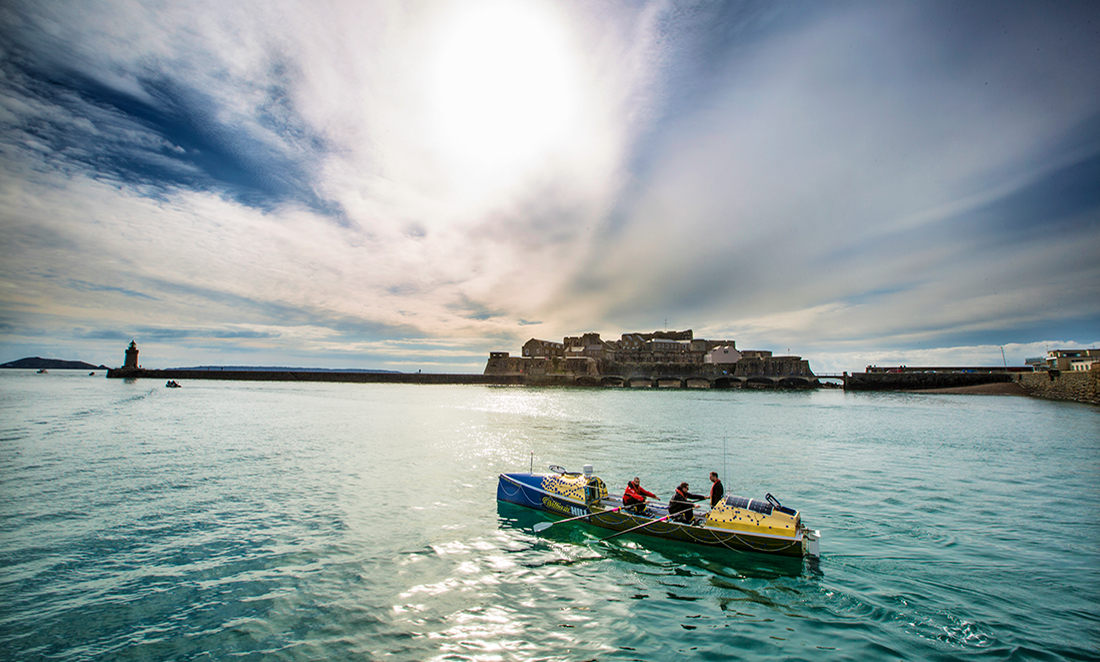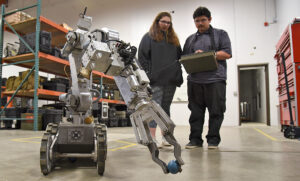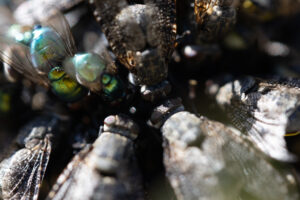For people with Parkinson’s disease, exercise is prescribed to treat the symptoms most commonly associated with the condition.
The muscle tremors, cramps and gait issues that characterise the disease appear to be mitigated with physical activity.
Anecdotally, we know that endurance activities appear to be more beneficial for these physical symptoms, lessening the need for medication.
But that’s about as far as our understanding goes of the relationship between physical activity and Parkinson’s disease.
For instance, exercise doesn’t seem to ward off the other, less visible symptoms of the disease in the same way and we don’t know why. Fatigue, one of Parkinson’s most disabling symptoms, appears to persist with sufferers even if they exercise.
Why does one set of symptoms improve but not the other? Is endurance exercise key in that more is always better? Does endurance exercise affect Parkinson’s sufferers differently to healthy people?
What better way to answer these questions than to row a boat for 65 days straight, all the way from West Australia to Mauritius?
NO GREAT SHAKES
Robin Buttery, Barry Hayes, James Plumley and skipper Billy Taylor are planning on rowing across the Indian Ocean.
Robin was diagnosed with young onset Parkinson’s disease 2 years ago, just before his 44th birthday. Determined to show that life doesn’t stop with his diagnosis, he’s taken on the formidable challenge of rowing 2 hours on, 2 hours off for 12 weeks straight.

Whilst it’s marketed as an attempt to beat the world record, the row will hopefully serve another purpose.
Behind the scenes of this international expedition are Professor Helen Dawes, Professor Fabio Cuzzolin and Dr Johnny Collett of Oxford Brookes University in the UK. For them, the row is a scientific experiment, and the crew are their lab rats.
They’ve rigged the boat with cameras that will be filming 24/7, recording every little movement the rowers make when at the oars. After the row, this footage will be processed by computers to determine if there’s any change in how the rowers move. By comparing the changes in Robin’s movements with those of his crewmates, Helen and Fabio will be able to distinguish what effects endurance exercise has on the motor skills of people with Parkinson’s disease.
This same footage is able to be enlarged, allowing the researchers to simultaneously look for changes in heart and lung regulation.
Oxford Brookes Research Fellow Dr Shelly Coe will also be capitalising on the row to conduct some research of her own. A qualified nutritionist, Shelly will be monitoring how diet impacts on the management of Robin’s symptoms.
Depending on what this team of researchers see, they may revolutionise how we understand and treat this devastating disease.
SHAKE IT UP
Because only some of the symptoms of Parkinson’s appear to improve with exercise, Helen and Fabio believe that our current understanding of the disease may not be correct.

But by analysing how Robin’s motor skills (and other symptoms, such as fatigue) change as a result of continued exercise, Helen and Fabio hope to learn more about the relationship between physical activity and Parkinson’s disease.
The disease is currently treated with drugs and lifestyle changes such as an exercise regime. These treatments can help manage symptoms, but there is no cure for Parkinson’s. Sufferers typically do not die from Parkinson’s, and it is possible for sufferers to live a long life, however symptoms do worsen over time.
But with the findings of this experiment, we may finally learn if and how activity actually helps and how much exercise is really needed. It will influence the development of new drug therapies as well as revolutionise thinking on how we might one day be able to prevent and cure the disease.
GET ON BOARD
Not content with making an attempt on the world record and contributing to world-first science, the team are also raising money for charity and running educational outreach programs.
The aim is to raise over $350,000 to split between Restoration of Appearance and Function Trust (RAFT), Clear Trust and the European Parkinson’s Disease Association (EPDA). To support the crew and their charities you can buy a mile (don’t worry, there are plenty to go around) or simply make a donation.
Once they set off, you’ll be able to watch a continuous live stream on their website. If you’re a teacher, you can beam them into your classroom to chat about the row in real time.








